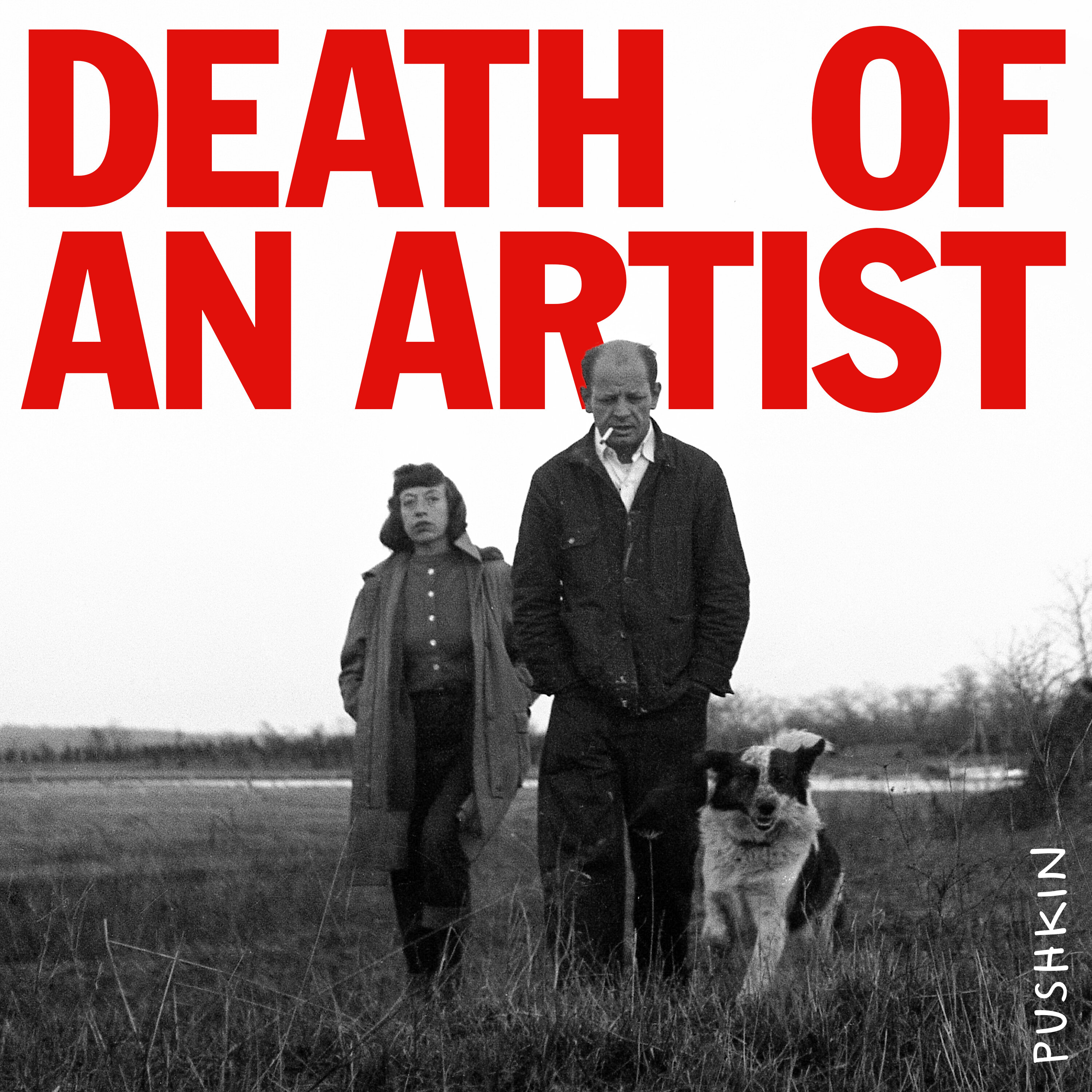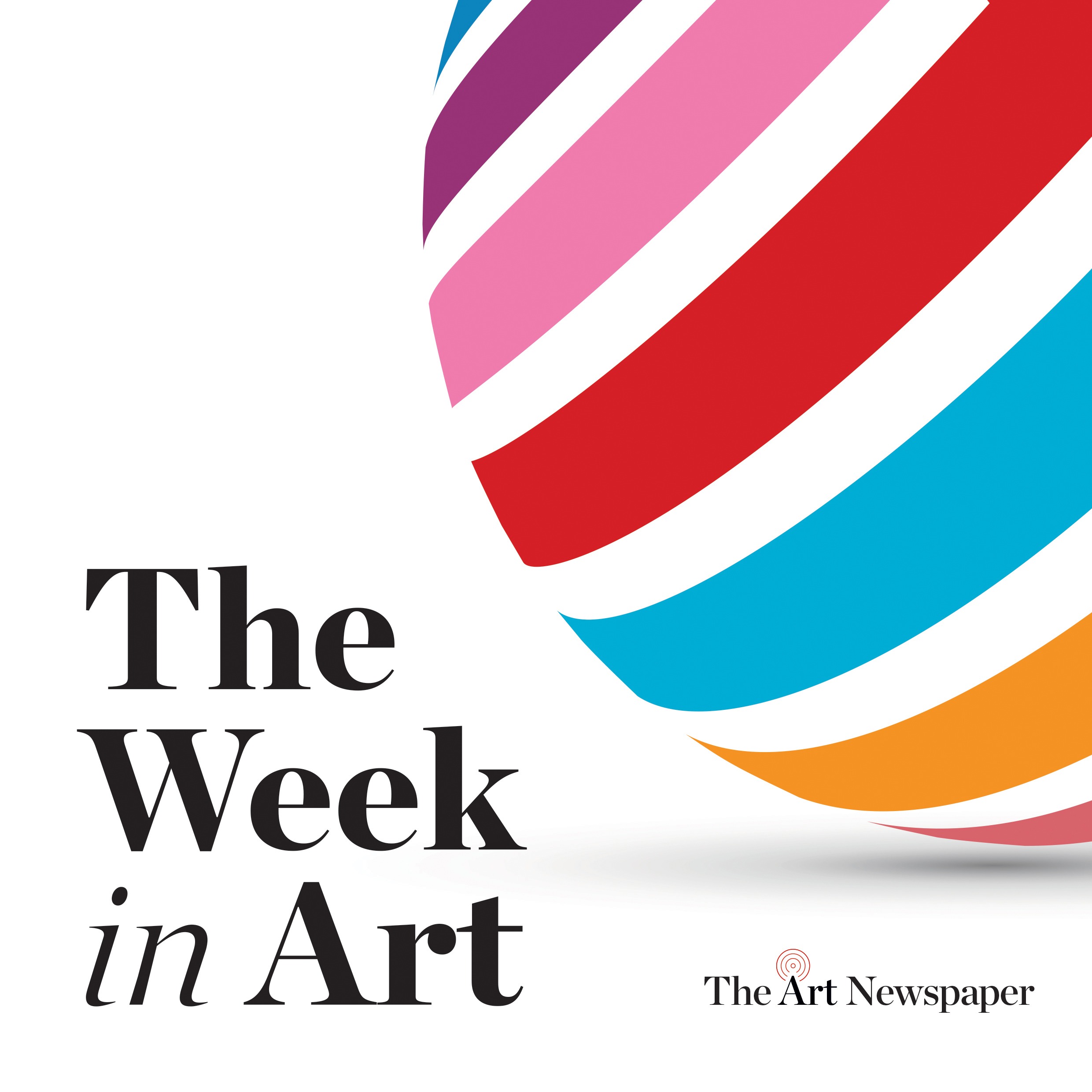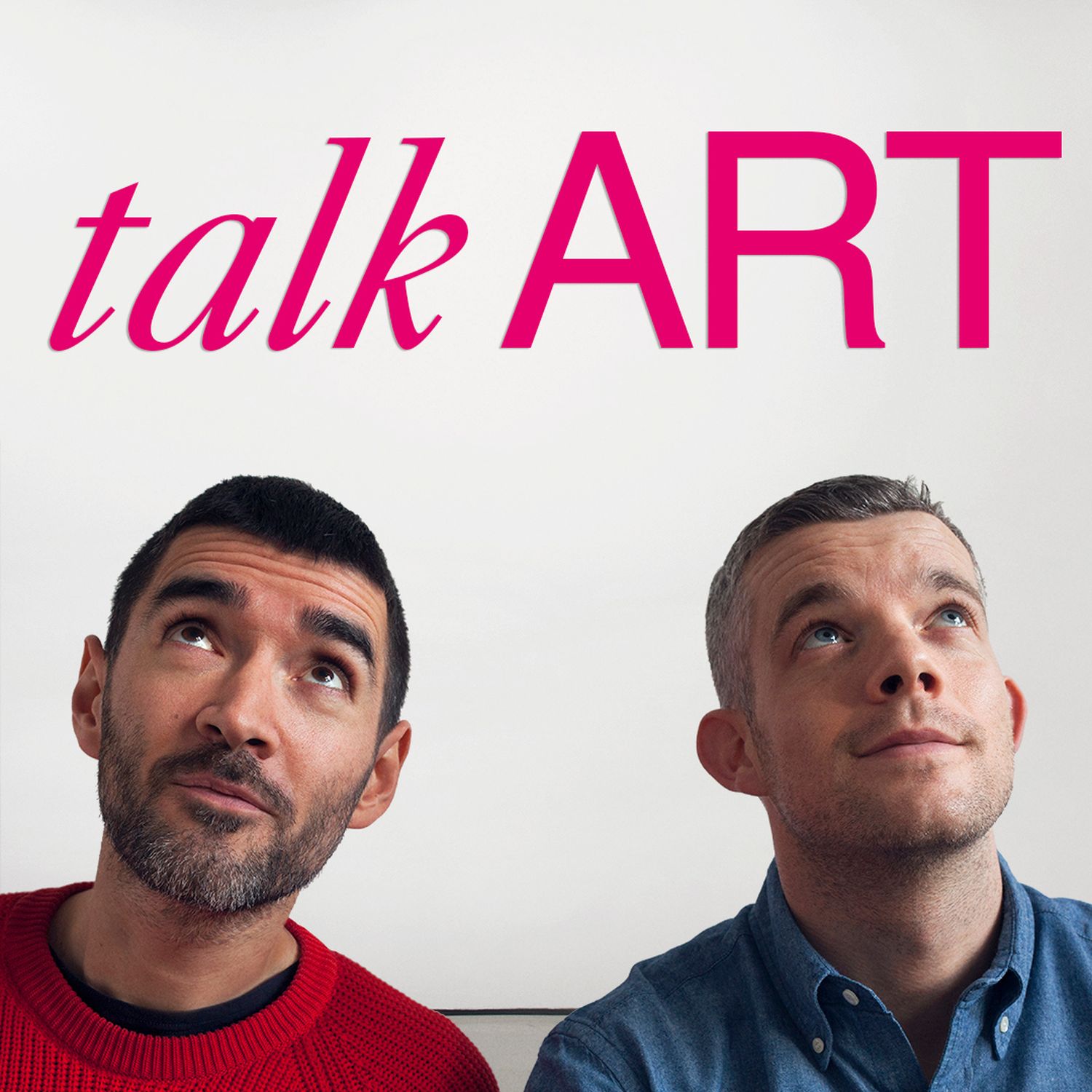
Art's Trojan Horse
A weekly podcast on Art and Life, broadcast 8pm every Tuesday
Art's Trojan Horse
Finally, I discover what poetry is. Or do I?
A shorter podcast this week as I search for the answer to the question: what is poetry? I think I've found the answer, but will you agree?
What is poetry? I should not have begun this quest among critics and dictionaries! I will now consult the poets!
I will start with William Blake and his dual piper and bard definition of poetry: the piper who delights and entertains; and the bard who instructs, weaves his (her) prophecies and tries to illuminate an intuitive reality.
There are, perhaps, many poetries. While Shelley said poetry was the highest form of art, he well knew of the dichotomy between the poetry of profound insights and complexities, and his populist (and popular) agitating poems. His ‘Mask of Anarchy’ is probably the best known poem across the world, but in his lifetime was dismissed as his ‘juvenile’ work.
T.S. Eliot argued against poetry as a vehicle for the personal and emotional, stipulating that poetry must escape these traits, for a complexity in form and content which “communicates before it is understood.”
Pound called for a poetry of precision, directness, where technique is critical. He stated that good poetry should avoid abstraction. In my Modern Poets on Modern Poetry we find that Pound is obsessed with the metric structure of poetry, as many of the best known poets were at the beginning of the 20th Century.
Auden wanted to form a bridge between the individual and society but famously stated “poetry makes nothing happen.” The structures of his poems were traditional and I expect today they’re viewed as somewhat tired and mechanical. Indeed, much in Modern Poets on Modern Poetry avoids talking about the poets’ subject matter or addressing the fundamental question ‘what is poetry?’
What I note in this book is that Hart Crane places the subject matter of his poetry centre stage, attempting to address what he was attempting to do. Of course, Hart Crane had no supportive academia around him – as was the case with Dylan Thomas too. It seems to me, both these poets encompassed, in different ways, Blake’s Piper and Bard conundrum.
Post World War II there were huge changes. The Beat Poets were anti-establishment, sucking in Eastern mysticism and had an oppositional anarchical posture against US Imperialism, the bomb and racism. They wanted to create a poetry that makes things happen. Their poetry was spontaneous, free flowing, influenced by Jazz rhythms and other spoken word traditions.
The more sober Charles Olson, on the other hand, articulated a poetry that attempted to break away from syllabically measured verse. His was an open field poetry in which the breath was more important than the ear.
While the Beat Generation were entertaining big crowds, Frank O’Hara declared that the poet should address just one person in a poem (not himself, but another). Ted Berrigan went further in saying his poetry was about the self – not the self he couldn’t see but the self around him, which he could see.
In 1967 the ‘Mersey Sound’ was published, poetry by Patten, McGough and painter/poet Adrian Henri. Here were the British pipers creating largely spoken word poetry which was accessible, humorous, entertaining and, in some respects, anti-establishment.
Meanwhile, back in that establishment, some poets were opening up: Ted Hughes’ view of poetry was that it is a primal, magical force made up of experiences not thoughts. ‘Crow’ is a masterpiece in advancing the notion of poet as shaman – with cathartic powers to transform and heal. Sylvia Plath wanted poetry to be powerful and personal via emotional honesty and control (craft).
The Shock of the New in the 20th Century gave voice to Concrete and Sound Poetry – taken up in Europe and the USA but largely overlooked in Britain, despite one of the key concrete poets working in North London. Bob Cobbing used language itself as the material for print and performance.
This sense of transformation was seen – in intensity – in the late Sarah Kane’s plays and poetry. Gone were certain notions of character and plot as the mind took on different personas. Kae Tempest has often been dismissed as a poet as her work cannot be unpicked in the usual way. Take ‘Let Them Eat Chaos.’ it uses many elements from playwriting – inciting incidents, a 5 Act structure and fluid characters.
Many see the tensions in poetry lie between rhythm/form and content. A more radical view lies just behind us.
The late great Adrian Mitchell had a line: “Most people ignore most poetry because most poetry ignores most people.” He wanted to create a poetry that had purpose, hence his many performances (including on TV) and writings for theatre.
So, as it were, we’re back to the duality of poetry – the piper and the bard. Yet, is there a definition which can bring the two together? Is it that poetry is the highest art form?
Atishoo! Atishoo! We all fall down!
For me (and it can only be for me) Beat poet Lawrence Ferlinghetti hits the nail on the head with his abstract, ambiguous line: “poetry is the underwear of the soul.” It is taken from his poem ‘Underwear,’ that which hides the soul also gives us an outline of that which is hidden. A concept – a metaphor - which can, in my view, encompass both the entertainer and the intellectual.
What I like about this definition is that poetry can be anything it wants to be.
Podcasts we love
Check out these other fine podcasts recommended by us, not an algorithm.

Death of an Artist
Pushkin Industries
The Week in Art
The Art Newspaper